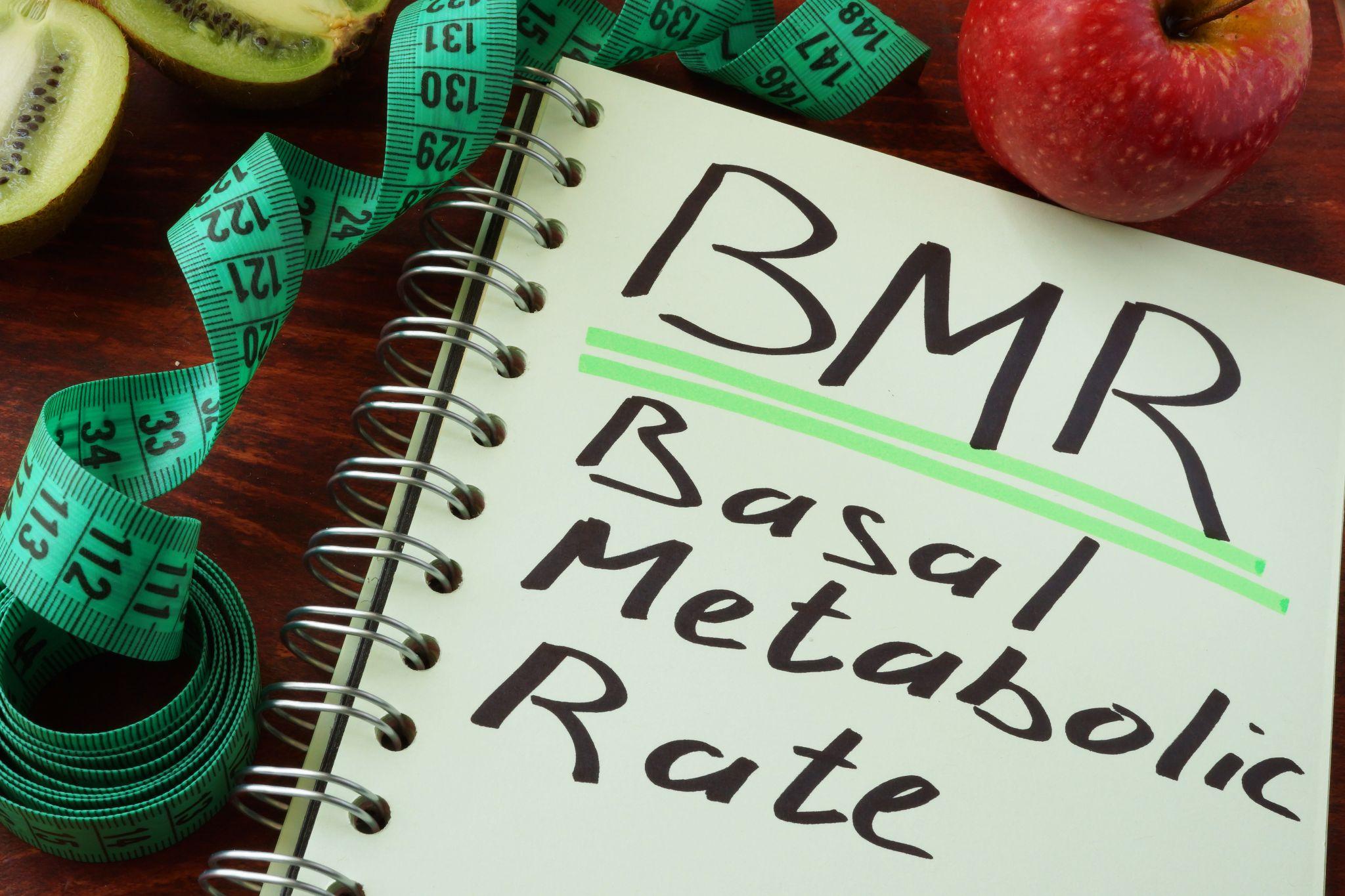
Understanding Basal Metabolic Rate (BMR)
Basal Metabolic Rate (BMR) is the number of calories your body needs to perform its most basic (basal) life-sustaining functions. These functions include breathing, circulation, cell production, nutrient processing, and maintaining body temperature. Essentially, BMR represents the amount of energy (calories) your body requires to maintain homeostasis while at rest for 24 hours.
Why is BMR Important?
Understanding your BMR is crucial for developing a tailored nutritional and fitness plan. It provides a baseline for understanding how many calories your body needs just to sustain itself without any additional activity. This is vital for setting realistic goals for weight management, whether you’re looking to lose, gain, or maintain your weight. Your BMR typically accounts for about 60% to 75% of the total calories you burn each day, making it a significant factor in your overall energy expenditure .
Factors Influencing BMR
Several factors influence your BMR, including:
- Age: BMR generally decreases with age.
- Weight and Height: Larger bodies have higher BMRs because they have more cells requiring energy.
- Gender: Males typically have a higher BMR than females due to greater muscle mass.
- Body Composition: Muscle tissue burns more calories than fat tissue, even at rest.
- Environmental Temperature: Extreme temperatures can increase BMR as the body works harder to maintain its normal temperature.
- Genetics and Hormones: Genetic makeup and hormonal balances also play roles in determining BMR .
How to Calculate BMR
To estimate your BMR, you can use equations such as the Harris-Benedict Equation or the Mifflin-St Jeor Equation, which consider factors like weight, height, age, and gender:
Harris-Benedict Equation:
-
For Men:
BMR=66.47+(13.75×weight [kg])+(5.003×height [cm])−(6.755×age [years])BMR = 66.47 + (13.75 \times \text{weight [kg]}) + (5.003 \times \text{height [cm]}) – (6.755 \times \text{age [years]}) -
For Women:
BMR=655.1+(9.563×weight [kg])+(1.85×height [cm])−(4.676×age [years])BMR = 655.1 + (9.563 \times \text{weight [kg]}) + (1.85 \times \text{height [cm]}) – (4.676 \times \text{age [years]})
Mifflin-St Jeor Equation:
-
For Men:
BMR=10×weight [kg]+6.25×height [cm]−5×age [years]+5BMR = 10 \times \text{weight [kg]} + 6.25 \times \text{height [cm]} – 5 \times \text{age [years]} + 5 -
For Women:
BMR=10×weight [kg]+6.25×height [cm]−5×age [years]−161BMR = 10 \times \text{weight [kg]} + 6.25 \times \text{height [cm]} – 5 \times \text{age [years]} – 161
These formulas provide estimates that can be useful for planning diets and exercise routines. Remember, individual metabolic rates can vary, and these calculations are just starting points. It’s advisable to use them as a guideline and consult with a healthcare provider or nutritionist for personalized advice .
Using BMR for Weight Management
Once you know your BMR, you can calculate your Total Daily Energy Expenditure (TDEE), which includes your BMR plus calories burned through physical activity. This helps determine your daily caloric needs:
- Weight Loss: Create a calorie deficit by consuming fewer calories than your TDEE.
- Weight Gain: Create a calorie surplus by consuming more calories than your TDEE.
- Weight Maintenance: Consume calories equal to your TDEE.
A balanced diet and regular exercise tailored to your BMR and TDEE can help achieve and sustain your weight management goals effectively.
Understanding your BMR is a key component in managing your health and fitness. It provides insight into your body’s basic energy needs and helps create a framework for developing effective nutritional and exercise strategies. Regularly assessing your BMR and adjusting your diet and exercise plans accordingly can promote better health outcomes and more sustainable weight management.
Sources



